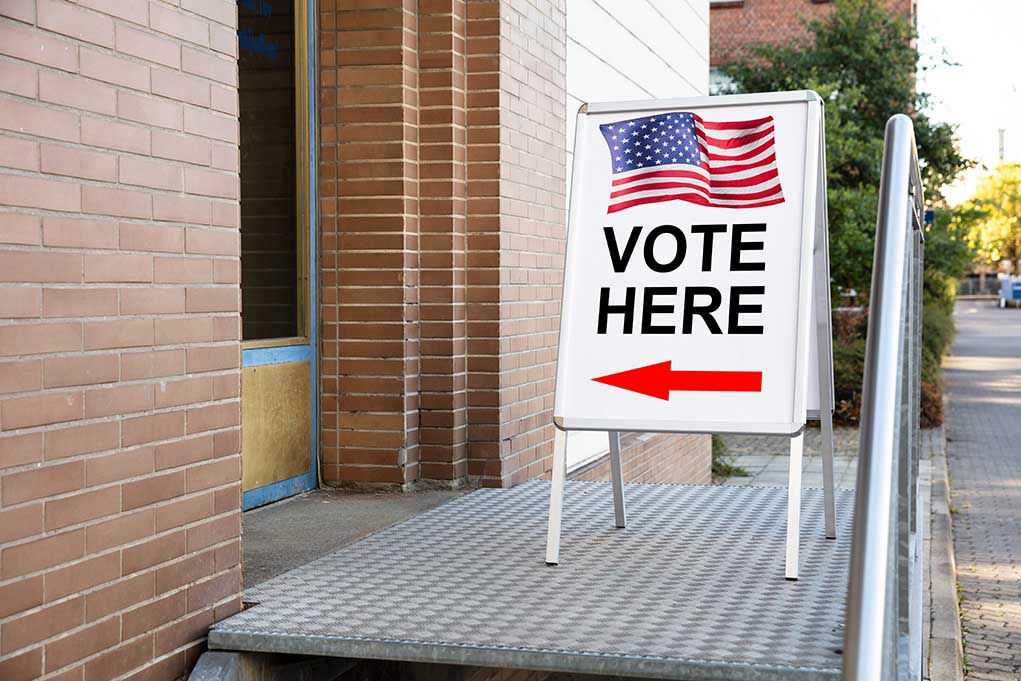Two States Could FLIP Everything

America’s only two gubernatorial races in 2025 have become high-stakes battlegrounds that could signal whether conservative momentum will continue building or if liberal resistance will mount a comeback.
Story Snapshot
- New Jersey and Virginia hold the nation’s only two governor races in 2025, drawing massive national attention
- Republican candidates Jack Ciattarelli (NJ) and Winsome Earle-Sears (VA) champion parental rights and tax relief against liberal opponents
- Both races rated as toss-ups with three weeks until Election Day, despite Trump’s presidential victory
- Democrats pour resources into defending states they barely held in 2024, fearing symbolic losses
Conservative Candidates Challenge Liberal Strongholds
Jack Ciattarelli in New Jersey and Winsome Earle-Sears in Virginia represent the Republican Party’s best opportunities to capture governor’s mansions in traditionally blue-leaning states. Both candidates focus on core conservative principles: tax relief, parental rights in education, and public safety. Ciattarelli, a former assemblyman, emphasizes fiscal responsibility and reducing New Jersey’s crushing tax burden. Earle-Sears, Virginia’s current lieutenant governor, champions educational freedom and constitutional values that resonate with families frustrated by years of progressive overreach.
These open-seat contests emerged because both states prohibit consecutive gubernatorial terms. Phil Murphy’s Democratic administration in New Jersey and Glenn Youngkin’s Republican leadership in Virginia cannot seek reelection. The timing creates unique opportunities for party changes, particularly significant given both states narrowly backed Democrats in the 2024 presidential race by margins under six percent.
Liberal Opponents Double Down on Failed Policies
Democratic nominees Mikie Sherrill in New Jersey and Abigail Spanberger in Virginia continue pushing the same tired liberal agenda that has driven up costs and weakened communities. Both emphasize reproductive rights and gun restrictions rather than addressing real concerns like crime, inflation, and educational quality. Sherrill, a current U.S. Representative, promotes federal-style spending increases that would burden New Jersey taxpayers. Spanberger similarly advocates for expanded government programs while Virginia families struggle with rising costs from years of Democratic mismanagement at the federal level.
National Democratic organizations are pouring unprecedented resources into these races, recognizing symbolic defeats could signal broader rejection of their progressive policies. The intensity reveals liberal panic about losing ground in states they previously considered reliable. Their messaging focuses on divisive social issues rather than economic relief and educational excellence that working families actually need.
Stakes Extend Beyond State Boundaries
Political analysts recognize these contests as early indicators for the 2026 midterm elections and broader conservative momentum. Historically, off-year gubernatorial races foreshadow national trends, as Glenn Youngkin’s 2021 Virginia victory predicted Republican gains in 2022. Conservative victories would demonstrate sustained support for constitutional principles and limited government despite liberal media narratives. The races test whether Trump’s presidential success translates into down-ballot conservative strength in suburban battlegrounds.
Early voting requests have reached record levels for off-year elections, suggesting high engagement from motivated conservative voters alongside liberal desperation to maintain power. The outcomes will influence state policies on taxation, education, and constitutional rights while potentially launching the winners into national political prominence. Conservative success would validate the America First agenda and provide momentum heading into crucial 2026 congressional races.
Sources:
2025 United States gubernatorial elections
2025-26 Gubernatorial Elections Map
Gubernatorial Elections in 2025 and 2026







